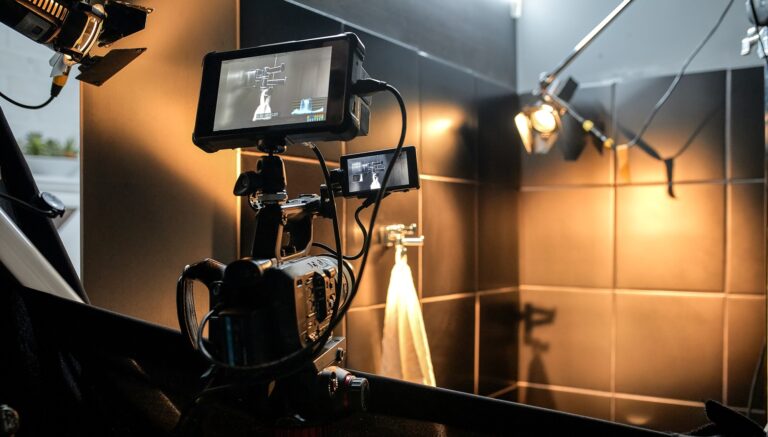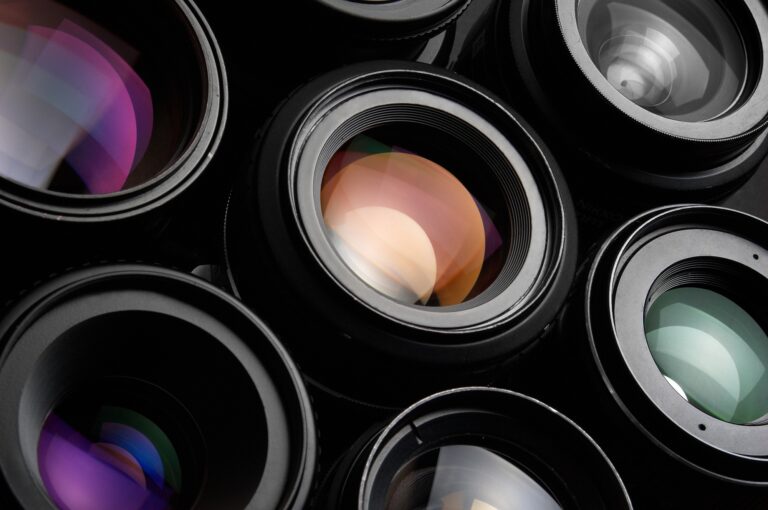Visual storytelling is an art form that combines imagery, sound, and narrative to create compelling content that can educate, entertain, and inspire. However, the process of bringing a story to life through video production is not without its costs. From the initial concept to the final cut, each step of the journey incurs expenses that can quickly add up.
Understanding these costs is crucial for filmmakers, marketers, and businesses alike, as it allows for better planning and budget management. This guide will walk you through the various expenses associated with video production, helping you set the scene for a financially sound project.
Pre-Production Expenses: Planning Your Storyboard and Budget
Before the cameras start rolling, pre-production lays the groundwork for a successful video. This phase includes scriptwriting, storyboarding, and budgeting—all of which require time and resources. Crafting a detailed script and storyboard is essential for visualizing the final product and avoiding costly mistakes during production. Meanwhile, budgeting demands a careful assessment of all potential costs to ensure that the project remains financially viable.
Hiring experienced scriptwriters and storyboard artists can be a significant expense, but it’s an investment that can save money in the long run by streamlining the production process.
The Price of Equipment: Cameras, Lighting, and Audio Gear
The quality of your video is largely dependent on the equipment used. Professional cameras, lighting kits, and audio gear come with hefty price tags. While high-end cameras can cost thousands of dollars, lighting and audio equipment add to the tally. Renting equipment is an option that can reduce upfront costs, but it still requires a significant budget allocation.
Additionally, the need for backups and specialized gear for certain shots can increase expenses.
Investing in good equipment is essential for achieving a high production value, which in turn can greatly influence the audience’s perception of your story.
Location Scouting and Set Design: The Hidden Costs of the Perfect Scene
Finding the perfect location is more than just a backdrop for your narrative; it’s a character in its own right. Location scouting involves travel, time, and sometimes fees to secure the right place. Set design, whether on location or in a studio, requires props, materials, and labor to create the desired environment.
These hidden costs can escalate, especially if the script calls for multiple locations or elaborate sets. It’s important to factor these expenses into the budget early on to avoid surprises later in the production.
Talent and Crew Fees: Understanding the Investment in Human Capital
Talent and crew are the heartbeat of any production. Actors, directors, cinematographers, and support staff all need to be compensated for their expertise and time. Union rates, day rates, and project fees vary widely and can represent a significant portion of the budget.
Additionally, considerations such as overtime, per diems, and accommodations for longer shoots must be accounted for. Investing in skilled professionals not only enhances the quality of the production but also ensures that the project is completed efficiently and effectively.
Post-Production Costs: Editing, Visual Effects, and Color Grading
Once production wraps, post-production begins. This phase includes editing, visual effects (VFX), and color grading. Editors piece together the story, while VFX artists add magic to the scenes, and colorists ensure visual consistency and style.
Each of these processes requires specialized software, hardware, and talent, which come at a cost. Post-production can often be a time-consuming and expensive part of video production, but it’s where the story truly comes together and can make or break the final product.

Music and Sound Design: The Impact of Audio on Your Budget
Audio is half the experience in visual storytelling. Original music scores and sound design are critical components that can profoundly affect the viewer’s emotional response. Composers and sound designers are specialists who require compensation for their creative work.
Additionally, licensing existing music can be expensive, depending on the popularity of the track. High-quality sound recording during production can reduce the need for extensive post-production work, but it’s important to budget for audio from the outset.
Distribution and Marketing Expenses: Getting Your Story to the Audience
Creating a video is only part of the journey; getting it in front of an audience is another challenge. Distribution and marketing expenses can include festival fees, distribution platform costs, and promotional materials. In the digital age, online advertising and social media campaigns are crucial for reaching viewers. These costs can vary greatly depending on the scope of the distribution plan and the target audience but are essential for ensuring that your story is seen and heard.
Unexpected Costs: Preparing for the Unpredictable in Video Production
No matter how well you plan, unexpected costs can arise during video production. Equipment malfunctions, weather delays, and last-minute changes can all lead to additional expenses. It’s wise to allocate a contingency fund—typically 10-15% of the total budget—to cover these unforeseen events. This safety net can be the difference between a project that is completed on time and one that is stalled by financial constraints.
Conclusion: Balancing Quality and Cost in Visual Storytelling
The price of visual storytelling is a complex tapestry of creative, technical, and logistical expenses. Balancing quality and cost is a delicate act that requires careful planning, savvy budgeting, and a willingness to invest in the elements that matter most. By understanding the various costs associated with video production, creators can make informed decisions that enhance their stories while keeping expenditures in check. Ultimately, the goal is to craft a visual narrative that resonates with audiences without breaking the bank. With the right approach, the investment in visual storytelling can yield invaluable returns in the form of engagement, impact, and even revenue.





